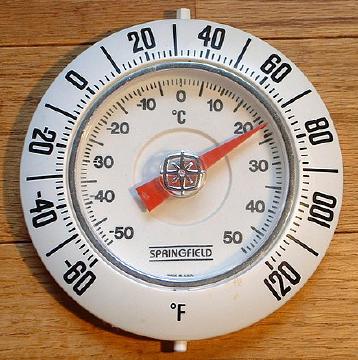Excerpt§
This blog post delves into the reasons why IP packet size is typically limited to 1500 bytes and examines the implications on network efficiency, compatibility, and security. It explores the historical context, technical limitations, efficiency considerations, compatibility with network infrastructure, fragmentation and reassembly, as well as security and reliability factors. Understanding these factors is crucial for optimizing data transmission in modern networks.
IP or Internet Protocol is the core network layer protocol powering the Internet. IP defines packets as the basic unit for transmitting data over networks. But what factors drive the limited packet size of 1500 bytes commonly seen? Let’s examine the various technical and practical constraints.
Brief History of IP Packet Evolution§
In the early days of the Internet, the RFC 791 standard defined the maximum IP packet size as 65535 bytes. However, it was soon realized that this large packet size caused inefficiencies and reliability issues.
The 576 byte packet size used by the early ARPANET system was too small for new applications. Through refinements, the ideal packet size evolved to 1500 bytes which provided the best performance and efficiency without drawbacks. This 1500 byte packet size became widely adopted and persists as the de facto standard for the Internet.
Maximum Transmission Unit Concept§
A key factor that governs IP packet size is the Maximum Transmission Unit or MTU. The MTU defines the largest packet that can be transmitted over a network medium without fragmentation.
Common constraints that influence MTU size include:
- Maximum frame payload size of network technologies like Ethernet.
- Processing power and buffer sizes of networking devices like routers.
- Latency and transmission errors associated with larger packets.
A larger MTU size does not automatically mean better performance due to these constraints. Finding the optimal MTU for efficient transmission without errors drove standardization of the 1500 byte IP packet size.
Efficiency and Performance Tradeoffs§
Larger IP packets seem to provide higher throughput by reducing protocol overheads. However, smaller packets have advantages such as:
- Faster transmission and reduced latency.
- Decreased packet loss and need for retransmissions.
- Lesser errors and easier error recovery.
- Ability to interleave packets from concurrent flows.
Beyond a point, bigger packets achieve lower overall network utilization and efficiency due to increased loss and latency. The 1500 byte size balances goodput without the negatives.
Compatibility with Existing Infrastructure§
The ubiquitous Ethernet standard at Layer 2 imposes a maximum frame size of 1518 bytes. Allowing for Ethernet headers leaves 1500 bytes for IP packet payloads.
Larger packets would require widespread infrastructure upgrades. Maintaining compatibility with existing networks necessitates limiting IP packets to 1500 bytes. Jumbo frames can carry larger payloads but still have size limits.
Fragmentation and Reassembly Challenges§
Packets exceeding MTU must be fragmented and this has several downsides:
- Increased processing overhead and latency during fragmentation and reassembly.
- Higher packet loss due to just one fragment being corrupted.
- Possible out of order delivery of fragments.
- Vulnerability to fragmentation-based attacks.
Avoiding fragmentation is crucial for efficiency and reliability. The 1500 byte packet size ensures segmentation is minimized.
Security and Reliability Considerations§
Larger packets have security implications as well:
- DDoS attacks become easier by overwhelming targets with huge packets.
- Error detection is more difficult with very large packets sizes.
- Malformed packets have amplified detrimental effects on the network.
Thus, maintaining a smaller packet size enhances overall network reliability and security.
Conclusion§
In summary, the 1500 byte IP packet size persists as the optimum for delivering good performance while working reliably within the constraints of existing networks. Maximum transmission unit limitations, efficiency tradeoffs, compatibility considerations and security concerns together led to the standardization of this packet size for the Internet. Advances in infrastructure may allow larger packet sizes in the future. But for now, 1500 bytes strikes the right balance.















